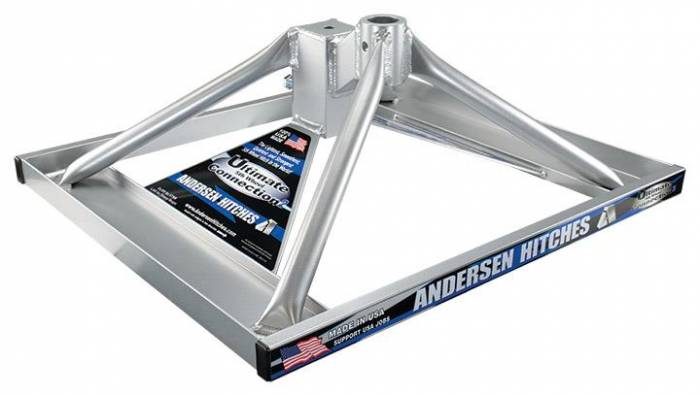The Andersen Ultimate Hitch is a popular choice for truck owners looking for a reliable and easy-to-use hitch for towing trailers. This hitch is known for its sturdy construction and ability to handle heavy loads, making it a top pick among professionals and enthusiasts alike.
Its innovative design allows for easy installation and removal, providing convenience and peace of mind during towing operations. However, there may be instances where a plastic funnel becomes stuck or lodged within the hitch, making removing it difficult; this causes Andersen’s hitch failure.
In this blog post, we will guide you through the step-by-step process of removing a plastic funnel from the Andersen Ultimate Hitch, ensuring a smooth and hassle-free experience.
Removing Plastic Funnel from Andersen Ultimate Hitch
Step 1: Assessing the Situation
Before attempting to remove the plastic funnel, assess the severity of the situation. Determine how deeply the funnel is lodged within the hitch and any visible damage that may have occurred. This assessment will help you determine the appropriate course of action for removal.
If the funnel is only partially lodged or there is minimal damage, you may be able to remove it using simple tools such as pliers or a screwdriver. However, if the funnel is deeply lodged or there is significant damage, it may be necessary to seek professional assistance or contact the manufacturer for guidance on removal.
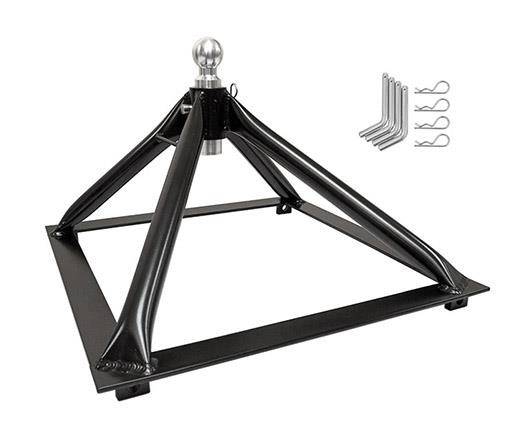
Step 2: Lubricating the Hitch
To ease the removal process, apply a generous amount of lubricant to the area where the plastic funnel is stuck. This will help to reduce friction and make it easier to dislodge the funnel. If the lubricant alone does not work, you can try gently tapping or lightly hammering the surrounding area to loosen the funnel. Use a high-quality lubricant like WD-40 or silicone spray, which will help loosen the funnel and make it easier to remove.
Be sure to coat both the inside of the hitch and the outside of the funnel with the lubricant. Allow it to sit for a few minutes to penetrate and work its way into any tight spaces. If necessary, use a brush or cloth to spread the lubricant evenly.
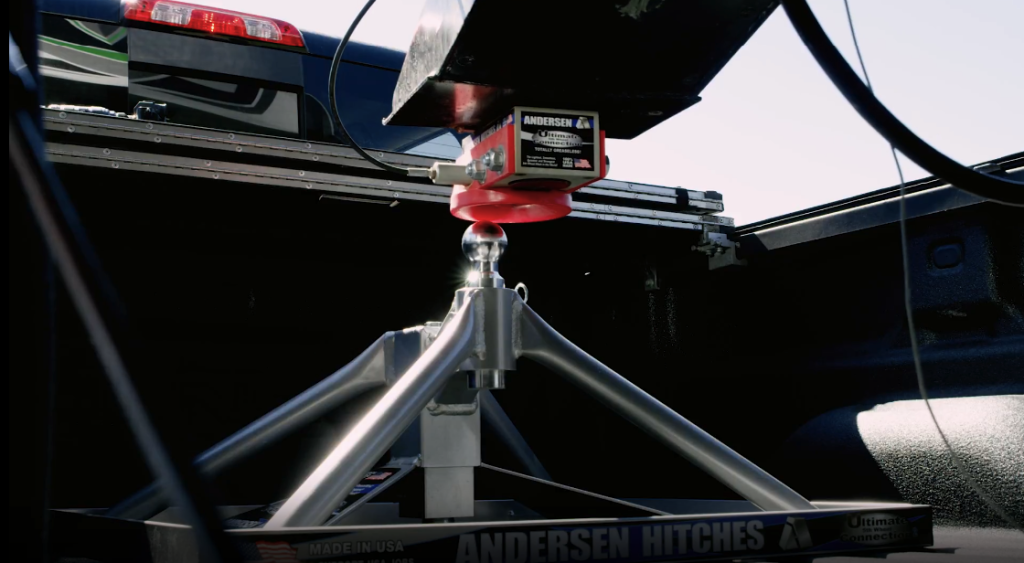
Step 3: Using Heat
If the plastic funnel remains stubborn, you can use heat to expand the metal around it. Use a heat gun or a hairdryer to apply heat to the surrounding area of the hitch for a few minutes. This will help to loosen the plastic funnel by causing the metal to expand slightly. Be cautious not to overheat the hitch, as excessive heat can damage it. The expansion caused by the heat can create additional space, allowing for easier removal of the plastic funnel.
It is important to exercise caution when using heat, as excessive heat can damage the hitch or surrounding components. Start by applying the heat from a safe distance and gradually increase the intensity if necessary. Additionally, always ensure proper ventilation in the area to prevent any fumes or smoke buildup.
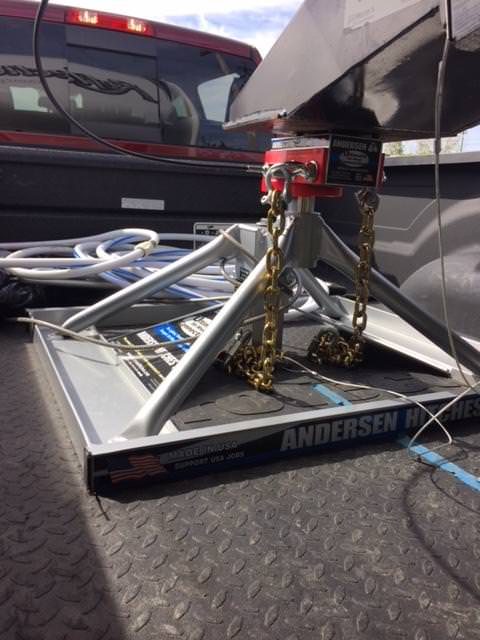
Step 4: Using Pliers
If lubrication and heat do not resolve the issue, it may be necessary to use pliers for a more hands-on approach. Use a sturdy pair of pliers to grip the plastic funnel firmly and attempt to twist it in a counterclockwise direction. The pliers will provide the necessary leverage to apply torque and help release the funnel from the hitch.
Be careful not to apply too much force, as this could cause damage to the plastic funnel or the hitch. If the funnel still does not come loose, it may be necessary to seek professional assistance or consult the manufacturer for further guidance.
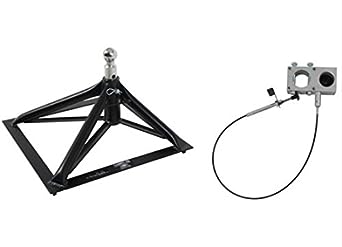
Step 5: Tapping with a Hammer
In cases where the plastic funnel is still firmly stuck, tapping it gently with a hammer may help dislodge it. Use a rubber mallet or a wooden block to tap the funnel carefully in a downward motion. The repetitive force should gradually free the funnel from the hitch.
If the tapping with a hammer does not work, another option is to apply heat to the plastic funnel. Using a heat gun or hairdryer, warm up the area around the hitch to expand the plastic and make it easier to remove. Be cautious not to overheat or damage any surrounding components.
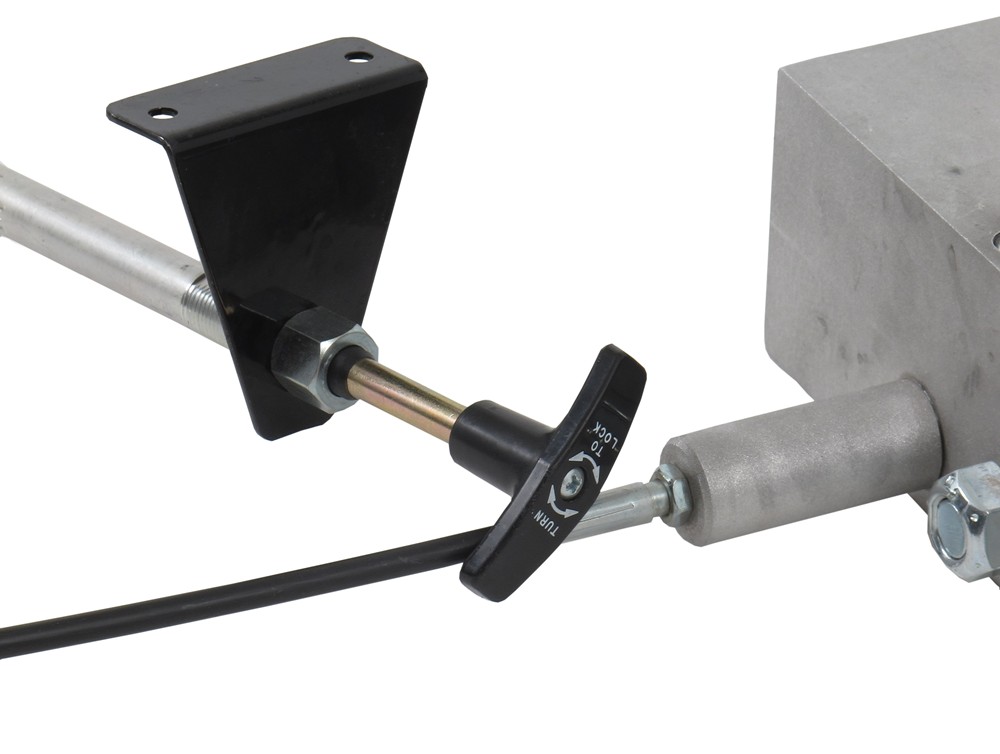
Step 6: Seeking Professional Assistance
If all else fails, it is advisable to seek professional assistance from a certified hitch technician or a reputable automotive service center. They have the knowledge, experience, and specialized tools to safely remove the plastic funnel without causing further damage to the hitch.
These professionals are trained to handle difficult situations like this and can provide expert guidance and solutions. They may use advanced techniques such as heat or lubricants to loosen the funnel. Additionally, they can inspect the hitch for any potential damage caused by the stuck funnel and make any necessary repairs.
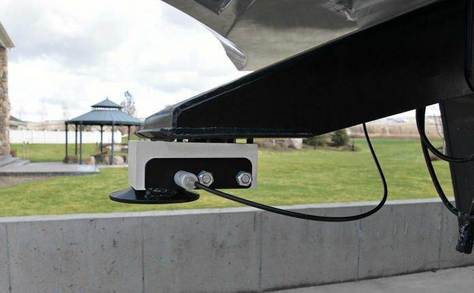
Conclusion
Removing a plastic funnel from the Andersen Ultimate Hitch may seem daunting, but with the right approach, it can be accomplished smoothly and safely. The key is to assess the situation, lubricate the area, use heat if necessary, employ pliers or tapping techniques, and, if needed, seek professional help.
By following these steps, you can effectively remove the plastic funnel and ensure that your hitch is ready for the next towing adventure. Remember, patience and caution are essential throughout the removal process to prevent any additional damage to the hitch.

